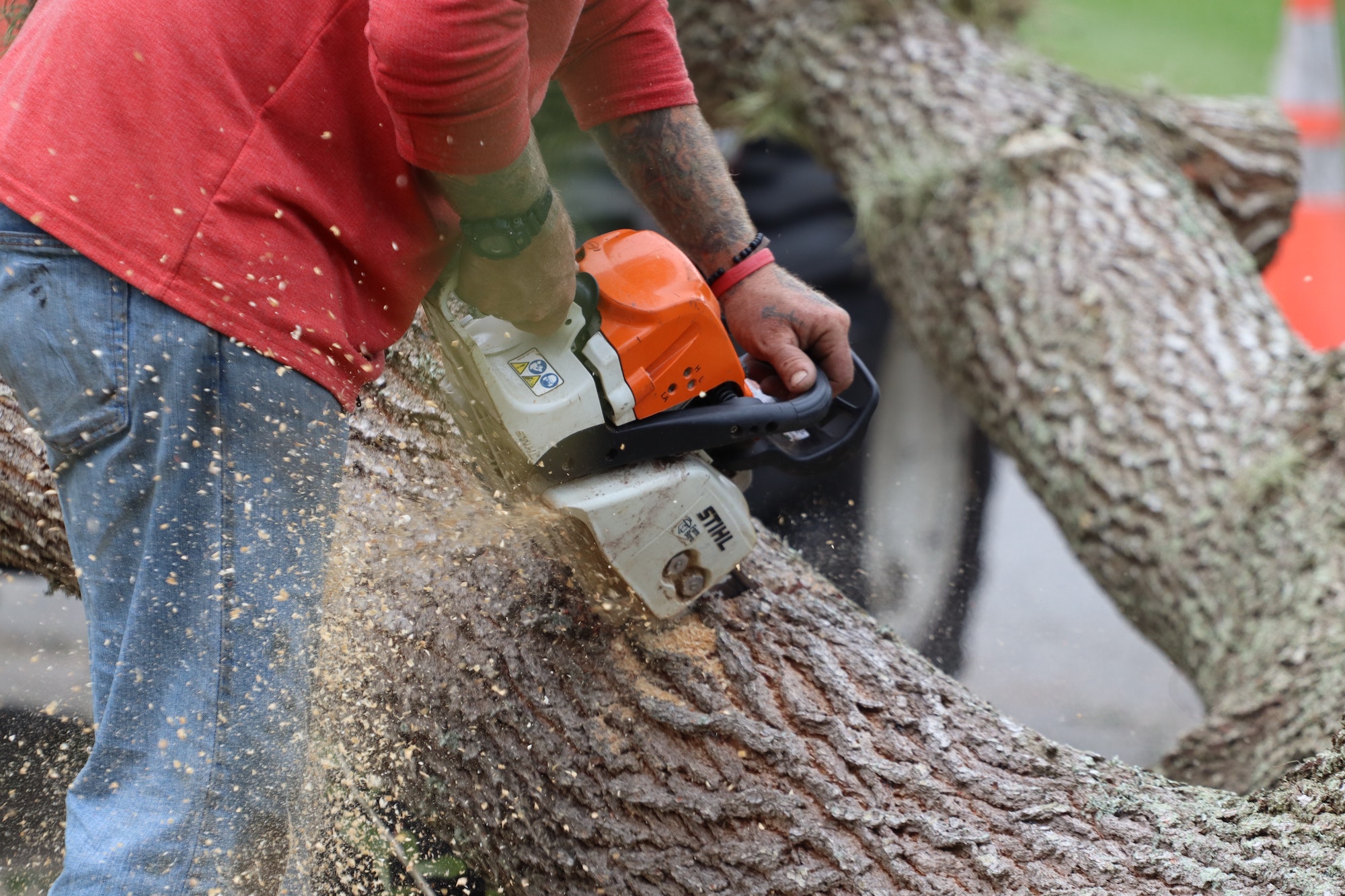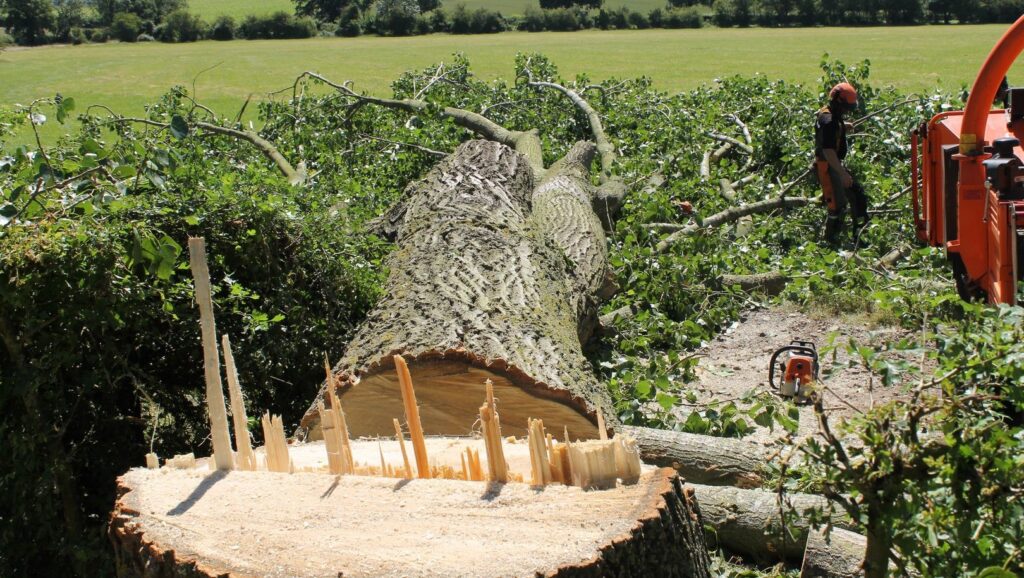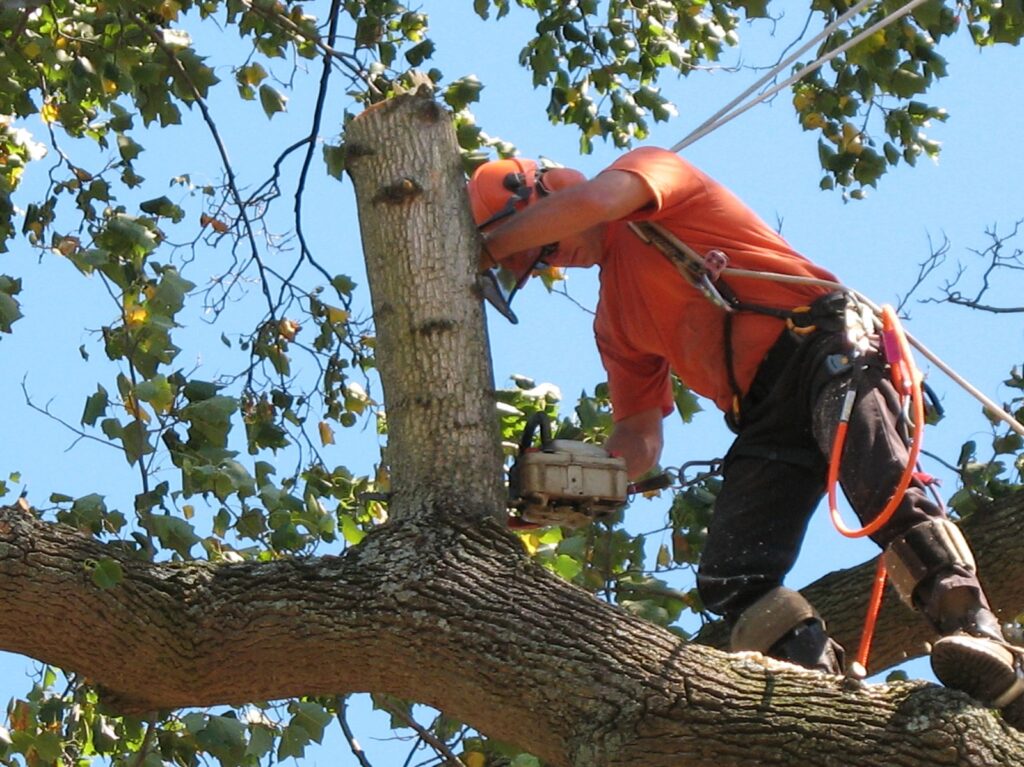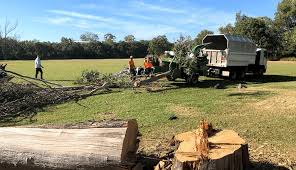Unveiling the Art of Expert Tree Removal: A Comprehensive Guide for North Shore Residents

Tree removal is an important aspect of maintaining a safe and appealing environment for North Shore residents. Whether it’s due to a tree’s deteriorating health, potential hazards, or the need for land development, understanding the process and regulations involved is crucial. In this comprehensive guide, we will delve into the art of expert tree removal, providing insights into the basics, the process, legal considerations, and tips for hiring a professional tree removal service.
Understanding the Basics of Tree Removal
Before diving into the intricacies of tree removal, it’s essential to acknowledge why this practice is necessary in certain situations. Trees can enhance the beauty of our surroundings, provide shade, and offer habitat for wildlife. However, there are instances where tree removal North Shore is the only viable option.
When it comes to tree removal, there are various factors to consider. It’s not a decision that should be taken lightly, as trees provide numerous benefits to the environment and our well-being. However, there are circumstances where tree removal becomes necessary for the safety and health of both people and property.
One of the primary reasons for tree removal is when a tree becomes diseased or starts to die. Diseased trees can pose a significant risk, as their structural integrity weakens over time. In such cases, removal is imperative to prevent accidents and minimize property damage. Additionally, dead trees can attract pests and become a breeding ground for fungi, which can further compromise the health of nearby trees.
Another reason for tree removal is the presence of invasive species. Invasive species can quickly take over an ecosystem, outcompeting native plants and disrupting the natural balance. This can lead to a decline in biodiversity and the overall health of the ecosystem. Removing invasive species is crucial to protect the native flora and fauna and restore the ecosystem’s equilibrium.

Identifying Potential Risks and Hazards
Prior to engaging in a tree removal project, it’s crucial to assess the potential risks and hazards involved. Factors such as tree proximity to structures, potential for falling branches, and root system impact on underground utilities must be carefully evaluated. This assessment helps determine the safest and most efficient approach to tree removal.
Professional arborists play a vital role in identifying potential risks and hazards associated with tree removal. They possess the expertise to evaluate the condition of a tree, assess its stability, and determine the best course of action. Arborists also consider the surrounding environment and any potential obstacles that may affect the tree removal process.
During the risk assessment, arborists take into account the tree’s overall health, the presence of any structural defects, and signs of decay. They also consider the tree’s location and its proximity to buildings, power lines, and other structures. By thoroughly evaluating these factors, arborists can develop effective removal strategies that prioritize safety and minimize potential damage.
The Role of Arborists in Tree Removal
Arborists are tree care specialists who play a pivotal role in the tree removal process. Their in-depth knowledge of tree biology and extensive experience equip them to determine when removal is necessary and how to carry it out safely. Engaging the services of a reputable arborist ensures professionalism and adherence to safety standards.
When it comes to tree removal, arborists follow a systematic approach. They begin by conducting a thorough assessment of the tree and its surroundings. This assessment helps them identify any potential risks and develop a plan that ensures the safe and efficient removal of the tree.
Arborists are skilled in using specialized equipment and techniques to safely dismantle and remove trees. They carefully consider factors such as the tree’s size, location, and surrounding structures to determine the best approach. This may involve using ropes, harnesses, and cranes to safely lower tree sections and prevent damage to nearby property.
Furthermore, arborists prioritize the preservation of surrounding vegetation and minimize any impact on the environment during the tree removal process. They ensure that the area is left clean and tidy, removing any debris and disposing of it responsibly.
In conclusion, tree removal is a complex process that requires careful consideration of various factors. Arborists play a crucial role in assessing potential risks, developing removal strategies, and carrying out the removal process safely. By understanding the basics of tree removal and engaging the services of a qualified arborist, property owners can ensure the safety of their surroundings while preserving the beauty and health of the environment.
The Process of Tree Removal
Now that we’ve covered the basics, let’s explore the step-by-step process involved in expert tree removal.
Initial Assessment and Planning
Before undertaking any removal, a detailed assessment of the tree and its surroundings is crucial. This assessment helps in formulating an appropriate removal strategy considering factors such as tree size, location, and accessibility. Arborists will also evaluate any obstacles that may hinder the process, such as power lines or buildings.
During the initial assessment, arborists will carefully inspect the tree, taking note of its health, structural integrity, and any signs of disease or decay. They will also consider the tree’s proximity to structures, roads, or other trees that may be affected by its removal. By thoroughly evaluating these factors, arborists can develop a plan that ensures the safe and efficient removal of the tree.

Additionally, arborists may consult with other professionals, such as landscape architects or urban planners, to ensure that the removal aligns with any existing plans for the area. This collaborative approach helps to minimize any potential negative impacts on the surrounding environment and ensures that the removal is carried out in a responsible and sustainable manner.
Cutting Techniques and Equipment
Once the assessment and planning phase is complete, arborists proceed with the actual removal. Different cutting techniques are employed depending on the tree’s size and location. This may involve the use of chainsaws, ropes, and cranes. Arborists utilize advanced equipment and follow strict safety protocols to ensure efficiency and minimize hazards.
For smaller trees, arborists may use a method called “topping,” which involves removing the upper portion of the tree and gradually working their way down. This technique allows for better control over the tree’s descent and minimizes the risk of damage to surrounding structures or vegetation.
On the other hand, larger trees may require more complex techniques, such as sectional dismantling. This method involves carefully cutting the tree into smaller sections and lowering them to the ground using ropes and rigging systems. By breaking down the tree into manageable pieces, arborists can safely remove it without causing harm to the surrounding area.
Dealing with Stumps and Debris
After the tree is removed, the remaining stump and debris must be addressed. Stump removal can be done through grinding or excavation, depending on the desired end result. Arborists will then ensure that all debris is properly disposed of, promoting safety and cleanliness in the removal area.
Stump grinding is a common method used to remove tree stumps. This involves using a specialized machine that grinds the stump into small wood chips. The resulting wood chips can be used as mulch or compost, providing a sustainable solution for the waste material.
In cases where complete stump removal is necessary, arborists may opt for excavation. This process involves digging out the entire stump, including its root system. While more labor-intensive, excavation ensures that no trace of the stump remains, allowing for a clean and level surface.
Once the stump and debris are taken care of, arborists will thoroughly clean the removal area, removing any remaining wood chips, branches, or leaves. This attention to detail not only enhances the aesthetics of the surrounding environment but also eliminates any potential tripping hazards.

Legal and Environmental Considerations
Tree removal is regulated to protect the environment and preserve the integrity of our landscapes. It’s crucial to have an understanding of the legal considerations associated with tree removal.
When it comes to tree removal, there are various legal regulations that need to be taken into account. These regulations differ from one jurisdiction to another, so it’s essential to familiarize yourself with the specific rules and requirements in your area. Failure to comply with these regulations can result in fines and legal consequences.
In North Shore, for example, there are specific regulations in place regarding tree removal. These regulations aim to protect the local environment and maintain the beauty of the region. Before proceeding with any tree removal task, it’s important to consult local authorities or arborists who can guide you through the legal requirements. They can provide valuable information about permits or restrictions for protected tree species.
Aside from the legal aspects, it’s also essential to consider the environmental impact of tree removal. While removing a tree may sometimes be necessary due to safety concerns or other valid reasons, it’s important to explore alternatives and mitigate the environmental impact.
One way to minimize the impact of tree removal is by planting new trees to replace those that have been removed. This helps to restore the ecosystem balance and uphold sustainability. Consulting with arborists who specialize in tree care and conservation can provide valuable insights on promoting environmental stewardship. They can offer guidance on selecting appropriate tree species, proper planting techniques, and ongoing maintenance to ensure the long-term health and vitality of the new trees.
When it comes to tree removal, safety should always be a top priority. It’s a task that can be dangerous if not handled with care. Engaging professional arborists ensures adherence to safety protocols, reducing the risk of accidents and minimizing property damage.
Professional arborists have the necessary knowledge, skills, and equipment to safely remove trees of any size. They are trained to assess potential hazards, such as nearby power lines or structures, and take appropriate precautions to prevent accidents. DIY tree removal, on the other hand, is strongly discouraged, especially for larger or more complex tasks. Without proper training and equipment, attempting to remove a tree on your own can lead to serious injuries or property damage.
In conclusion, tree removal involves various legal and environmental considerations. Familiarizing yourself with the regulations in your area, exploring alternatives to minimize environmental impact, and prioritizing safety by engaging professional arborists are all essential steps to ensure a responsible and successful tree removal process.
Hiring a Professional Tree Removal Service
When it comes to tree removal, entrusting the task to professionals ensures efficiency, safety, and peace of mind. Here are some important factors to consider when hiring a tree removal service.
What to Look for in a Tree Removal Service
When selecting a tree removal service, it’s essential to consider their qualifications, certifications, and experience. Look for companies that employ certified arborists and prioritize safety. Additionally, seek recommendations from trusted sources and inquire about insurance coverage to protect against potential liabilities.
Cost Factors and Estimates
The cost of tree removal services can vary depending on factors such as tree size, accessibility, and disposal requirements. Requesting estimates from multiple reputable companies allows for comparison and ensures that you receive a fair assessment of the costs involved. Remember, investing in expert tree removal is a worthwhile endeavor, considering the potential risks and long-term impact.
Preparing Your Property for Tree Removal
Prior to the scheduled removal, it’s important to make the necessary preparations to ensure a smooth process. Clearing the removal area of any obstacles or personal items reduces the risk of damage and facilitates the work of the arborists. Communicate any specific concerns or requirements to the tree removal service for a successful outcome.
In conclusion, expert tree removal requires a comprehensive understanding of the basics, proper planning, and compliance with legal and environmental considerations. Hiring a professional tree removal service guarantees efficiency, safety, and adherence to industry standards. By taking these factors into account, North Shore residents can confidently engage in tree removal projects and maintain a harmonious and secure environment.
See Also: Hills District Tree Removal Guide
